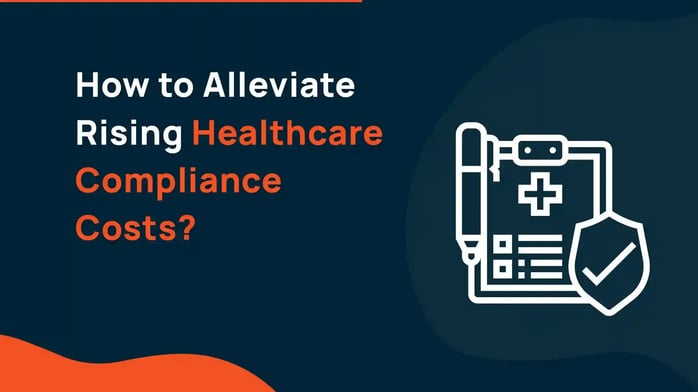Are you ready to learn more?
Talk to one of our policy management experts today!
Policy management resources, best practices articles, guides and how-to's can help optimize your processes.
Contract management resources, articles, guides and how-tos can help you improve efficiency.
Resources, best practices, articles, guides, and how-tos to effectively manage incidents.
Articles and guides on conflict of interest disclosure on how to properly handle potential conflicts.
Strategies on building frameworks for managing risks and staying up to date with regulatory developments.

For small hospitals, large healthcare networks and other medical-related organizations, navigating the ever-changing implementation of the Affordable Care Act can be tricky. Regulations have become increasingly complicated, leading to effective or enforcement dates being pushed back and organizations left scrambling to adjust deadlines and keep up with what’s happening — all in effort to ensure compliance and avoid facing large penalties.
As a result, the cost of compliance for healthcare organizations continues to increase. Fast facts, according to PwC’s recently released survey, “State of Compliance 2014”:
The rising compliance costs can be attributed to healthcare organizations bearing more financial responsibility, as well as their constant concerns about several risks to their business, including privacy and confidentiality, industry-specific regulations and security, according to the PwC study. To ensure avoiding the above concerns, healthcare organizations should follow a 7 basic elements of an effective compliance program.
And hospitals aren’t the only ones affected — physicians’ offices, post-acute care centers and other related facilities are also being held to the same requirements, according to Healthcare Finance’s “Compliance Costs Can Be Managed.”
That same Healthcare Finance article contends that the benefits of strong compliance programs far outweigh the cost — especially when it comes to technology upgrades. Legacy systems are more vulnerable and susceptible “to data security compliance risks or violations,” the article continues, and technology upgrades can help organizations avoid costly fines.
Lessening the overall cost of compliance also starts with “putting appropriate policies and procedures in place… [and] ensuring that training and education are regularly updated,” according to the article.
Healthcare organizations need an organized, easy-to-use, secure system for establishing and maintaining their policies and procedures — such as ConvergePoint’s Policy Management Software. Talk to ConvergePoint today to learn how our software can strengthen your compliance program, increase your ROI and help your organization avoid costly penalties.
Related Article:
Are you ready to learn more?
Talk to one of our policy management experts today!